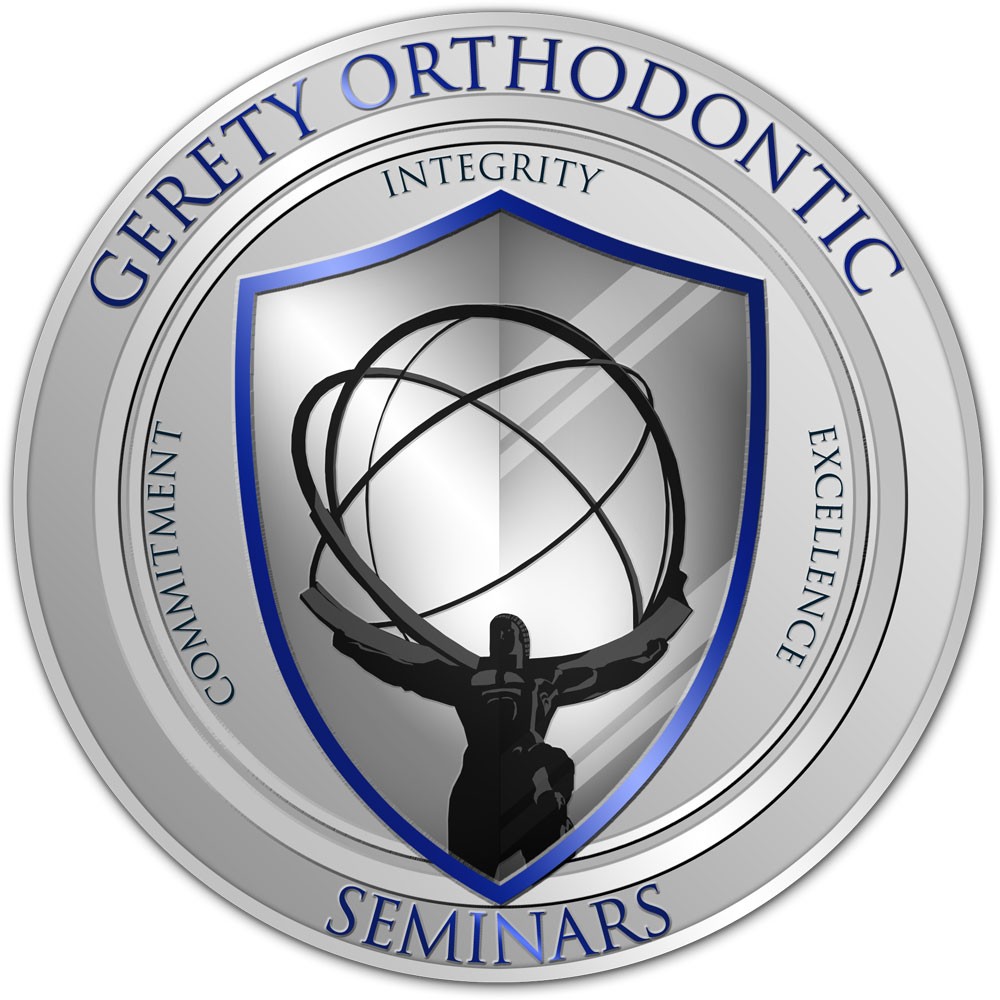
One of the most frequently asked questions from parents is often about the space between their child’s central incisors which is called a diastema. Occasionally, this spacing does not require orthodontic treatment but more often than not, orthodontic treatment is needed. There are many causes relating to this abnormal spacing. A mismatch between the size of the jaw bones and the size of the teeth can cause either extra space between teeth or crowding of teeth. If the teeth are too small for the jaw bone, spaces between the teeth will occur. If the teeth are too big for the jaw, teeth will be crowded. Spaces develop for a few other reasons as well. Sometimes some teeth are missing or undersized. This happens most often with the upper lateral incisors. That can cause the upper central incisors to develop a space. A diastema also can be caused by an oversized labial frenum. The labial frenum is tissue that normally extends from the inside of your upper lip to the gum just above your two upper front teeth. In some situations, the labial frenum continues to grow and passes between the two front teeth. If this happens, it blocks the natural closing of the space between these teeth. Habits can also lead to gaps between the teeth. Thumb sucking tends to pull the front teeth forward, creating gaps.
Spaces can develop from an incorrect swallowing reflex. For most people, the tongue presses against the roof of the mouth (palate) during swallowing. Some people develop a different reflex known as a tongue thrust. When they swallow, the tongue presses against the front teeth. Over time the pressure will push the front teeth forward. This can cause spaces to develop. Periodontal (gum) disease results in the loss of the bone that supports the teeth. In people who have lost a lot of bone, the teeth can become loose. This movement can result in gaps between the front teeth. Children may have temporary gaps as their baby teeth fall out. Most of these spaces close as the permanent teeth reach their final positions. Sometimes, a diastema is part of a set of problems that require orthodontic treatment. In other cases, a diastema is the only problem. However, some people may seek treatment for reasons of appearance.
If the diastema has been treated orthodontically, several steps must be taken to insure the space does not open again. Following this protocol, post-orthodontic relapse is avoidable to prevent the teeth from returning to their original position.
How can you really prevent a diastema from opening up again in the upper midline of your patient? Through our comprehensive orthodontic course for general dentists, you will learn more about the orthodontic treatment of diastemas as well as the steps that should be taken to maintain the space closure. Here are some orthodontic tips from us to prevent the relapse of diastemas.
When treating a diastema, you want to be certain to place the bracket for mesial crown tip and distal root tip. With significant space to close, you may need to overcorrect the distal root tip. You can also place a gable up bend in the archwire between the centrals. This too will help to place distal root tip in the centrals.
Since the rate of orthodontic diastema closure relapse is found to be 49%, a bonded retainer should be used on the lingual surface of the maxillary central incisors. To keep the teeth stable when you debracket your patient, create a passive thin twisted wire to bond to the lingual surface of the centrals. This helps to prevent the centrals from moving apart.
If the initial cause for the spacing is an oversized labial frenum, you will need to perform a frenectomy. You can check for this by pulling the upper lip up and checking for blanching in the premaxilla, labial and lingual. We recommend the frenectomy be performed after the spaces have been closed and we normally refer that procedure to the periodontist.
Through Continuing Education here at GOS, you will learn more about the treatment of spacing and the retention of this treatment. Orthodontic continuing education can be rewarding and if you are thinking of advancing in your profession, you can enroll in courses that we at Gerety Orthodontic Seminars offer. At Gerety Orthodontic Seminars, we try to make the entire experience worth your time. Learning comprehensive, orthodontic treatment here is easy, convenient and affordable. We realize that orthodontic continuing education can be time consuming, especially for general practitioners and it presents a challenge for doctors who have a busy practice and family obligations. This is why we extend a venue of learning options to our virtual classroom learning online from the comfort and convenience of your home or office.
